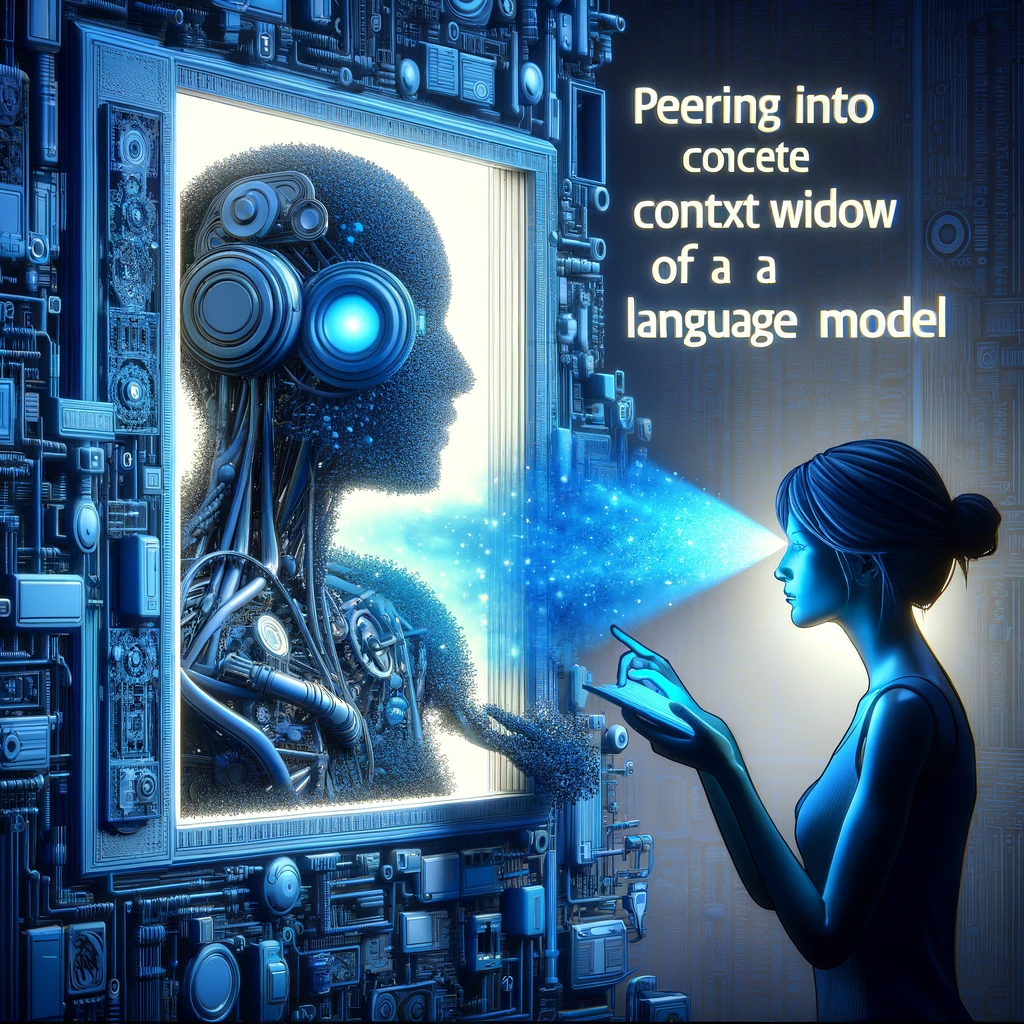
Exploring AI’s Ethical Terrain: Addressing Bias, Security, and Beyond Author: Vaibhav Khobragade ( ORCID: 0009–0009–8807–5982) Large language models (LLMs) like OpenAI’s GPT-4, Meta’s LLaMA, and Google Gemini (previously called Bard) have showcased their vast capabilities, from passing bar exams and crafting articles to generating images and website code.








